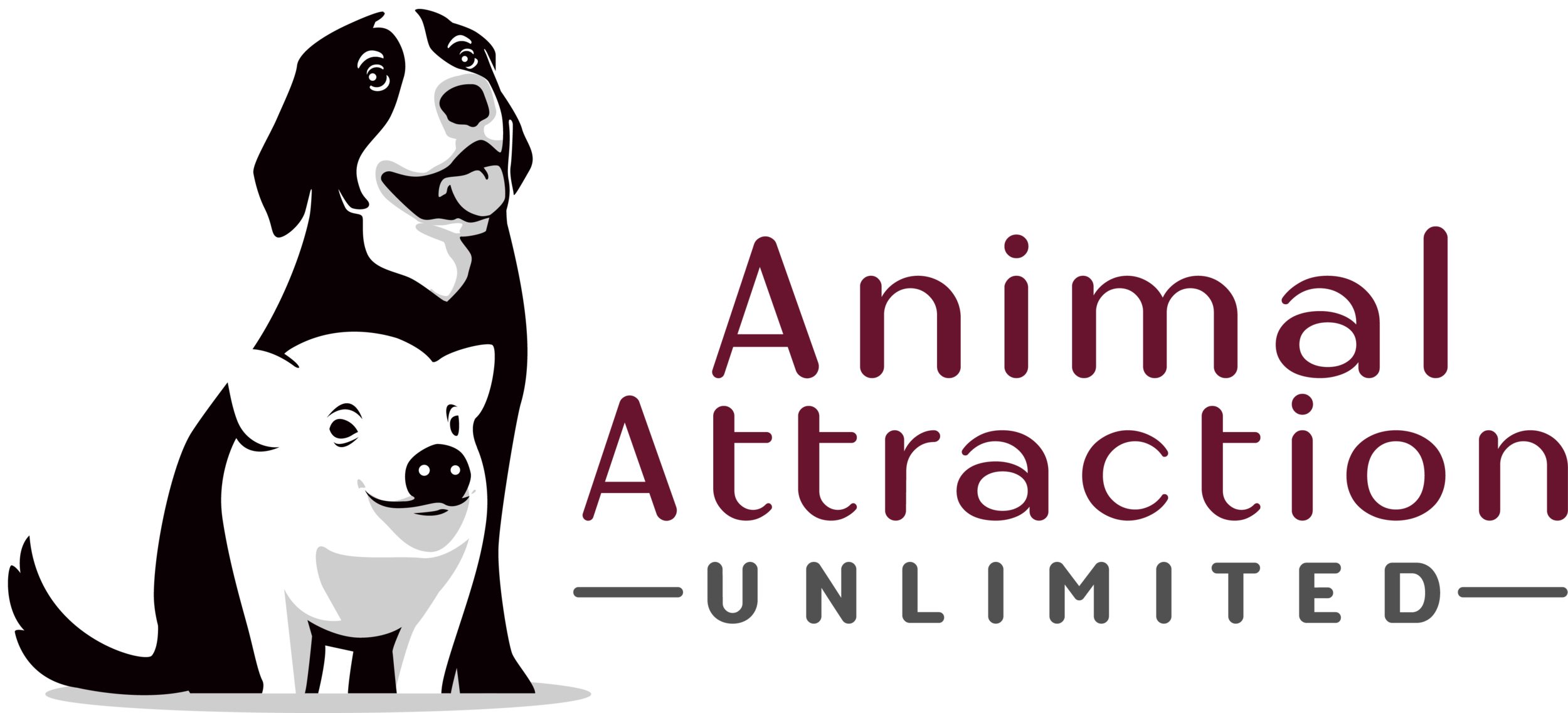Set Your Dog Up for Success: Realistic Training Goals You Can Achieve
Bringing a dog into your life is a joyous occasion, filled with wet-nosed greetings and the promise of a loyal companion. As you embark on the training journey, whether with a bouncy puppy or a seasoned rescue, it's easy to get swept up in visions of perfectly heeled walks and instant obedience. However, just like raising children or learning a new skill, dog training requires patience, consistency, and, most importantly, realistic expectations.
Setting achievable goals isn't about lowering your sights; it's about understanding the individual needs and capabilities of your dog, fostering a positive learning environment, and celebrating the small victories along the way. Trying to rush the process or expecting too much too soon can lead to frustration for both you and your furry friend, potentially damaging your bond and hindering progress.
So, how do you set those realistic expectations? Let's explore a few key areas:
1. Understand Your Dog's Individual Profile:
Breed Characteristics: Different breeds have inherent tendencies. A herding breed might naturally be more inclined to chase and nip, while a scent hound will be driven by their nose. Understanding these predispositions can help you tailor your training approach and manage expectations.
Age and Development: A young puppy's attention span will be significantly shorter than an adult dog's. Similarly, senior dogs might face physical limitations that affect their ability to perform certain tasks. Adjust your training sessions and goals accordingly.
Temperament and Personality: Just like people, dogs have unique personalities. Some are eager to please and quick learners, while others might be more independent or require a gentler approach. Observe your dog's behavior and adapt your training methods to their individual needs.
Past Experiences: Rescue dogs, in particular, may come with unknown histories and potential anxieties. Be patient and understanding, and focus on building trust and security before tackling complex commands.
2. Break Down Big Goals into Smaller Steps:
Instead of aiming for a perfectly behaved dog overnight, break down your ultimate goals into smaller, manageable steps. For example, instead of "my dog will walk perfectly on a leash," your initial goals might be:
"My dog will tolerate wearing a collar and leash."
"My dog will walk a few steps beside me without pulling."
"My dog will respond to the 'heel' command in a quiet environment."
Celebrating each small achievement will keep you and your dog motivated and build a solid foundation for more advanced training.
3. Be Patient and Consistent:
Rome wasn't built in a day, and neither is a well-trained dog. Consistency is key – short, frequent training sessions are often more effective than long, infrequent ones. Be prepared for setbacks and remember that learning takes time. Some dogs grasp concepts quickly, while others need more repetition. Avoid getting discouraged and celebrate every milestone, no matter how small.
4. Focus on Positive Reinforcement:
Training should be a positive experience for your dog. Using positive reinforcement methods like treats, praise, and toys will build a strong bond and motivate your dog to learn. Avoid punishment-based methods, which can create fear, anxiety, and aggression.
5. Manage Your Expectations in Different Environments:
A dog might perform flawlessly in the quiet of your living room but struggle with distractions outdoors. Gradually introduce training in different environments with increasing levels of stimulation. Remember that generalization takes time and practice.
6. Seek Professional Guidance When Needed:
Don't hesitate to enlist the help of a certified professional dog trainer or behaviorist. They can provide personalized guidance, address specific behavioral challenges, and help you set realistic expectations based on your dog's individual needs. A couple of great places to find qualified trainers are the IAABC, or KPA
The Takeaway:
Dog training is a journey, not a race. By setting realistic expectations, understanding your dog's unique characteristics, breaking down goals, and embracing patience and consistency, you'll create a positive and rewarding learning experience for both you and your furry companion. Remember to celebrate the progress, no matter how small, and enjoy the incredible bond you're building along the way. A well-trained dog is a happy dog, and a happy dog makes for an even happier human!
